Pagani remains committed to the development of electric cars, but they will be launched only when customer demand dictates and the technology allows for a "fun-to-drive-and-own" car.
A Pagani spokesman clarified comments made by company boss Horacio Pagani at the recent Milan Monza motor show, where it was said that after kicking off development in 2018 for electric cars, the company has yet to find a solution that allows for a hypercar that would be considered fit to wear the Pagani badge. However, they do still remain in development.
Horacio Pagani thinks that current EVs are too heavy and lack emotion, and that most of the energy they use is not sustainably produced.
He also believes that the climate impact of supercars is so small that their use of an internal combustion engine, however big, is in a broad context largely irrelevant, and more must be done to make all cars and fuels more sustainable, from internal combustion engines to the way lithium is mined for electric cars.
“In 2018, I created a team working on fully electric cars,” he told Autocar.
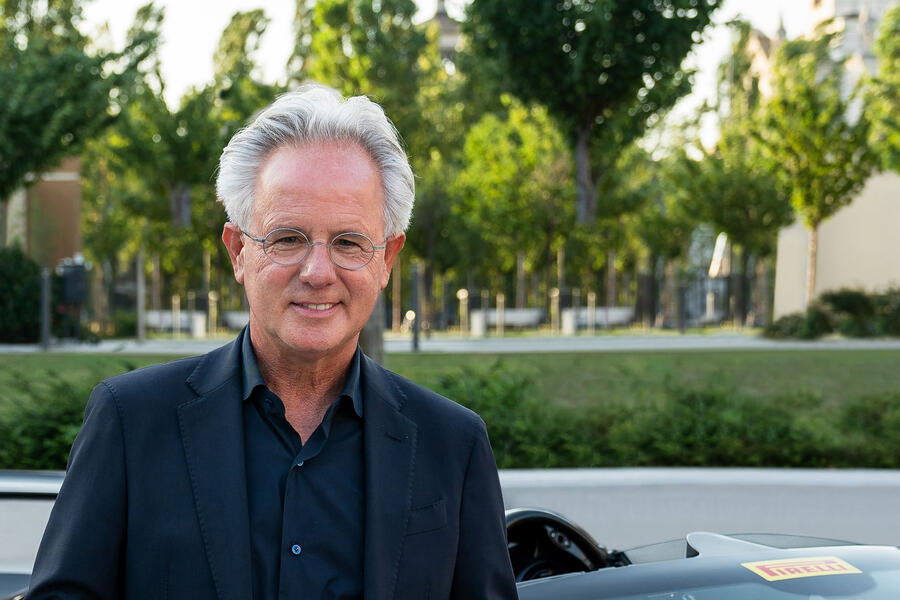
This team’s primary responsibility was looking at global homologation for Pagani to create such cars, particularly for the US, and for safety, both of which could be delivered. However, “in four years, we never found interest in the supercar market” for an EV, said Pagani, and customers were as yet not asking for such cars.
The spokesman said that development remained very much alive ("it is wrong to say the EV plans are scrapped - it's the opposite") even though at this stage "we have never received any requests [from customers] so far" for an electric car, and "with the current technology, they are heavy and not really associated with stirring emotions".

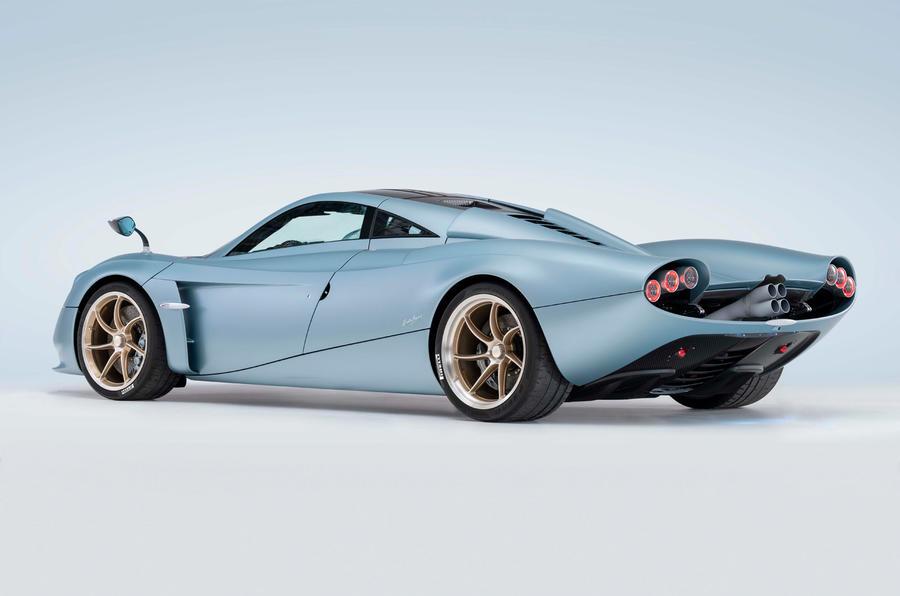

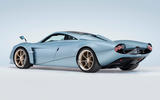



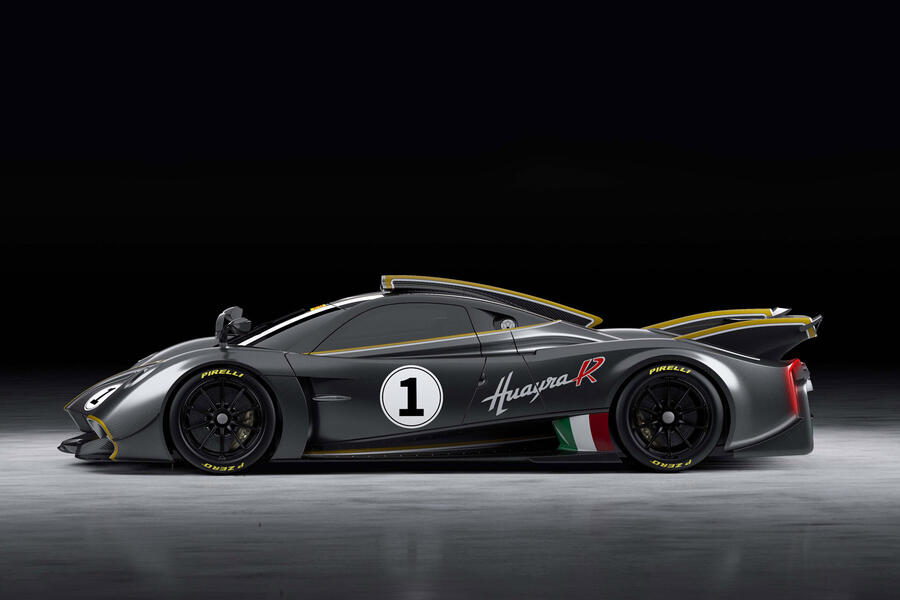
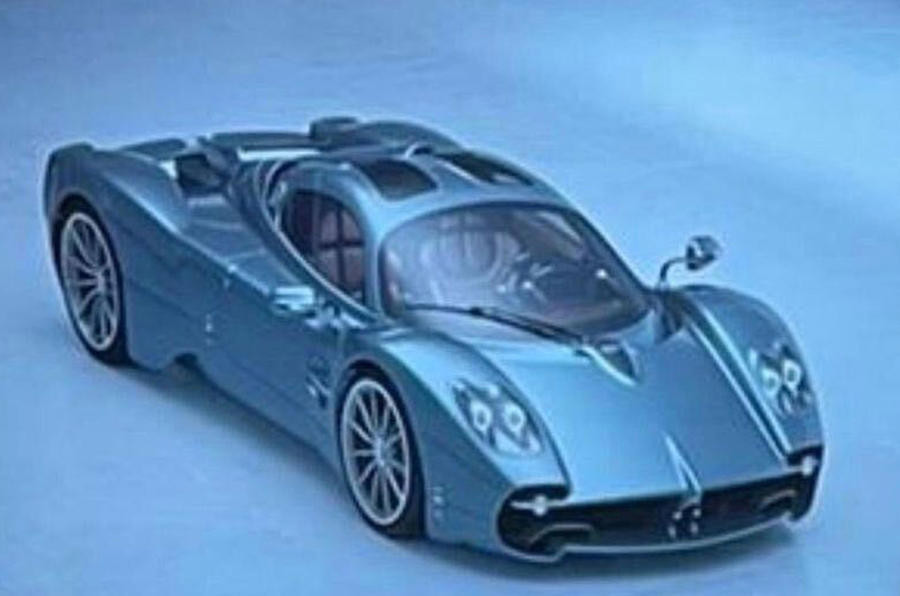
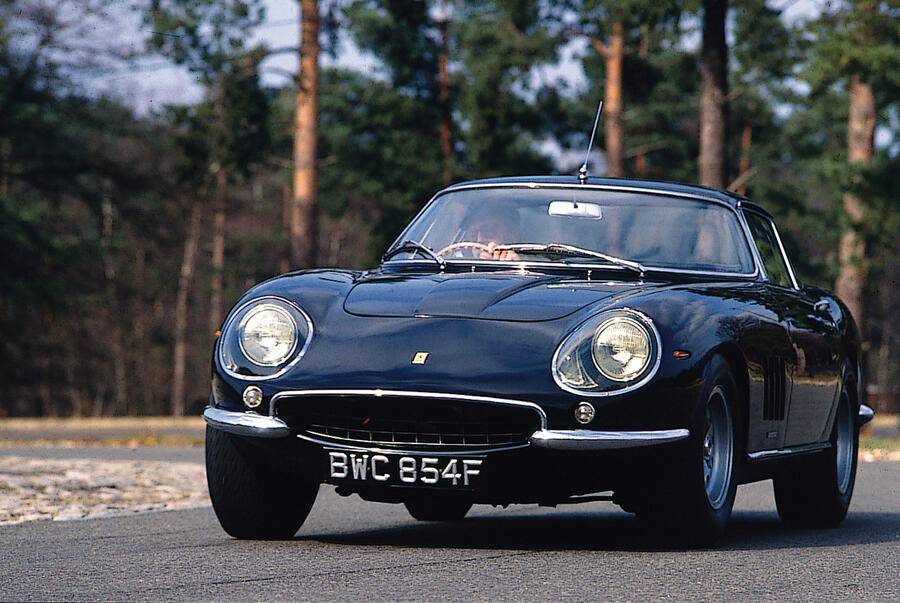





Join the debate
Add your comment
Of course, Pagani is quite right. EV Hypercars completely lack charisma or emotion, and their 'green' credentials are totally questionable.
I cant think of a more pointless vehicle than aEV Pagani.
On the other hand whilst he is right to say that the annual mileage on his vehicles is minimal, they are usually part of a rich mans collection - say 40+ vehicles, which singularly cover small mileages, total up to the same annual mileage as you and I, in one/two vehicles - only at single figure mpg.
This is therefore totally unfair that you and I have to toe the government line and drive a tarted-up milkfloat, so that a rich man can keep his way of life completely intact and unaffected.